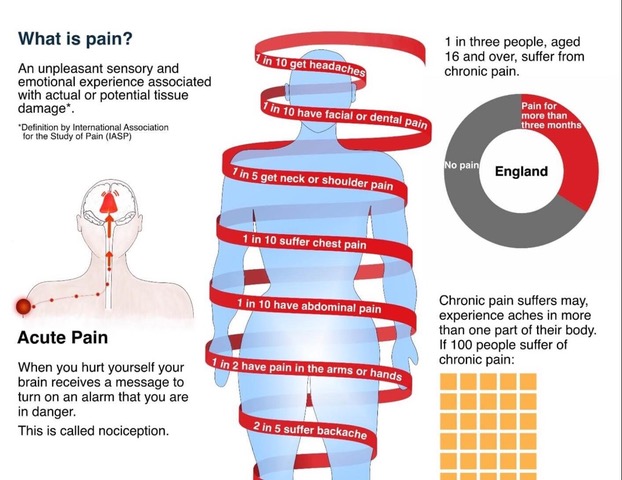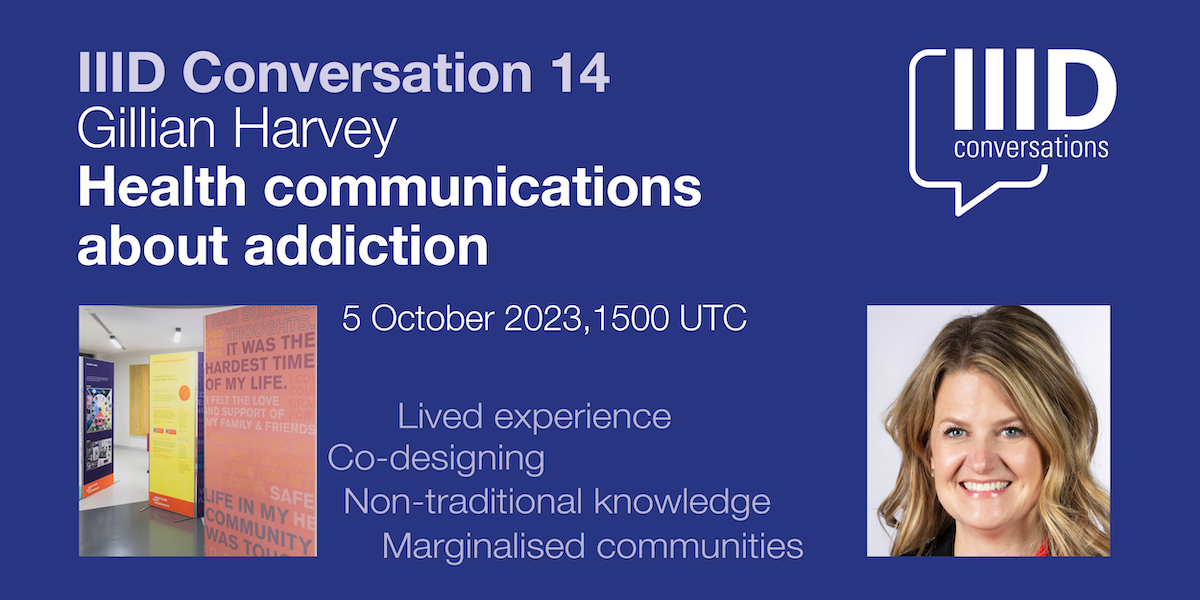Rita Giordano wrote about the process of developing visualisations about pain. She describes how infographics could be transformed to better reflect patients’ needs.
A quote: ‘We need to be careful about how we display the information and communicate clearly with plain language while avoiding jargon. More importantly, we need to involve patients; their input is critical in shaping the final product. As information designers, we need to not only understand how patients understand visual information, but also how they respond to it emotionally.’
The article concludes:
- Never assume. Always ask for feedback. Many people are willing to help.
- Engaging patients in your healthcare project will be rewarding.
- Ask medical experts for their thoughts and insights into the scientific findings.
Website of the author: Rita Giordano
Website: Infogr8







